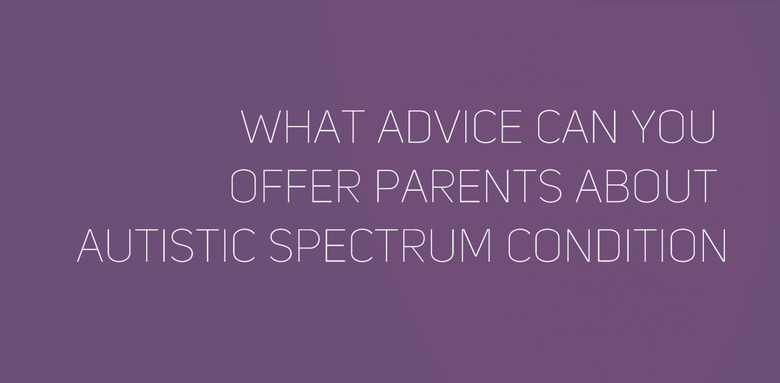Autistic Spectrum Disorder (ASD)
Autism affects how a person communicates with, and relates to, other people and how they make sense of the world around them.
It is not unusual for Dravet patients to receive a secondary diagnosis of autism. More than half of people with Dravet Syndrome report some characteristics of autism.
This association between ASD and Dravet Syndrome is most likely because the two conditions have underlying genes or brain functions in common, such as an imbalance between excitatory and inhibitory signals in the brain. As ASD and Dravet Syndrome are both spectrum conditions, symptoms will vary considerably, with some children and adults perhaps showing autistic traits, whilst others may have defined autism.
If your child or adult with Dravet Syndrome is showing signs of ASD, we recommend asking for a referral to a specialist autism team. Having a formal diagnosis can be very beneficial, in opening up opportunities for accessing support around managing behaviour, schooling and other services for children with autism.
In the video below, Dr Andreas Brunklaus talks about how a formal diagnosis of autism or autistic features can make a positive difference for children or adults living with Dravet Syndrome and their families.
National Autistic Society
As the the UK’s leading charity for autistic people and their families, the National Autistic Society (NAS) includes a wealth of information and support on all aspects of living with autism.
Visit the NAS websiteFurther Support
The NHS offers a comprehensive list of support options for children and adults with autism - click on the link for more information.
Read More